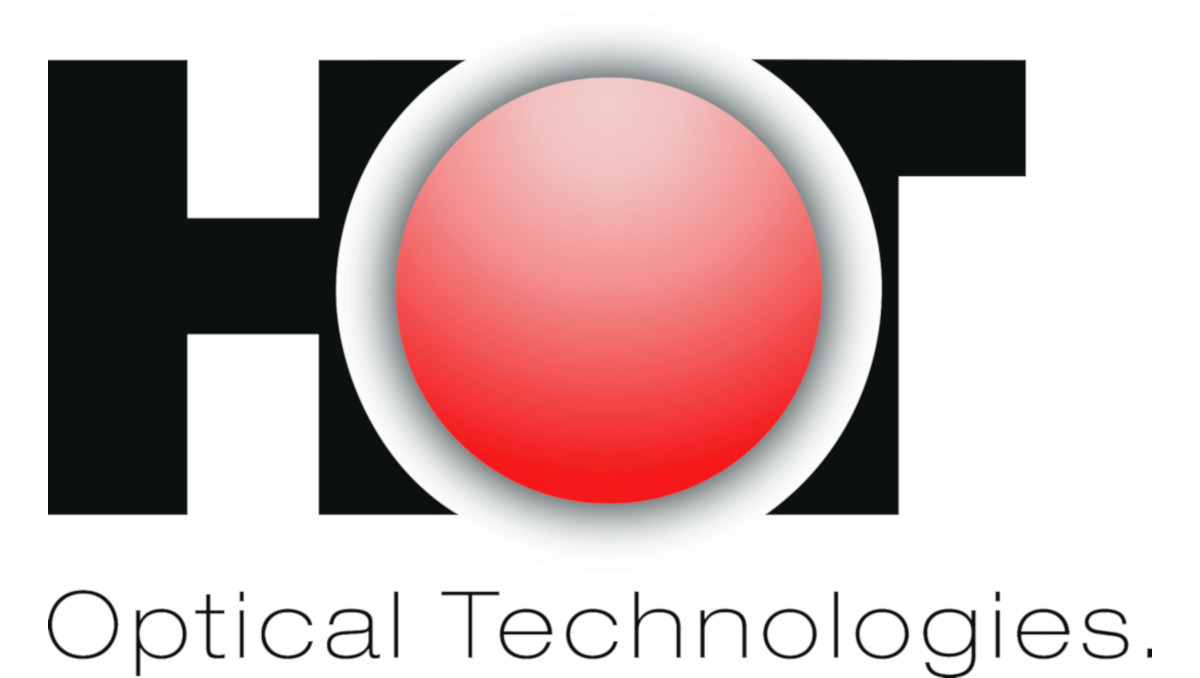
The impressive advance in the development of semiconductor light sources actually effects a far-reaching change in lighting technology. LEDs as light sources significantly increase the energy efficiency of lighting systems. Furthermore semiconductor light sources allow the precise definition of the local, temporal and spectral characteristics of the emitted light. In combination with optical structures, elements as actors on the micro- and nanoscale the separation between geometrical optics and wave optics dissipates. Diffractive optical elements, micro arrays and light sources with structures on the nanoscale are building blocks for completely new solutions.
Research Projects
-
Hologram embossingLed by: B. RothTeam:Year: 2011
-
Diffractive Optics in Coherent Automotive LightingRecent developments in lighting technologies in the automotive industry is heading towards coherent light sources, as incoherent light is difficult to shape. A lot of work has been done to integrate laser-based light sources for headlamps, butlaser based backlighting is still under investigation. Using the laser as a light source and diffractive optical elements (DOEs), high-resolution and thin rear lights can be realized.Led by: B. Roth, M. RahlvesTeam:Year: 2017Funding: Niedersächsisches Ministerium für Wissenschaft und Kultur (MWK)
![]()
-
Imaging in Scattering MediaDue to the effects of strong scattering, imaging in complex media such as biological tissue remains one of the great challenges of modern optics. Recent studies have shown that these effects may be compensated by spatially manipulating the light´s wavefront with active optical devices. This project aims to apply wavefront-shaping techniques to established imaging methods to enhance imaging performance and penetration depth in strongly scattering samples.Led by: M. Rahlves, B. RothYear: 2017Funding: Lower Saxony Ministry for Science and Culture (MWK)
![]()
-
Non-contact dermatoscope for detection and examination of suspicious skin lesionsThe standard method for the examination of skin lesions is contact dermoscopy. With the contemporary contact-type dermoscopes, lesions have to be scanned manually by imaging each lesion in direct contact with the skin. Although established this procedure has several drawbacks as it is time consuming, has poor reproducibility, and may even be painful for the patient. A non-contact remote dermoscope can overcome these drawbacks and furthermore allow automatized screening protocols. Thus, this project revolves about the development of a non-contact dermoscope for detection and examination of suspicious skin lesions.Led by: B. Roth, M. Wollweber, U. MorgnerTeam:Year: 2017
![]()
Group Leader

30167 Hannover










